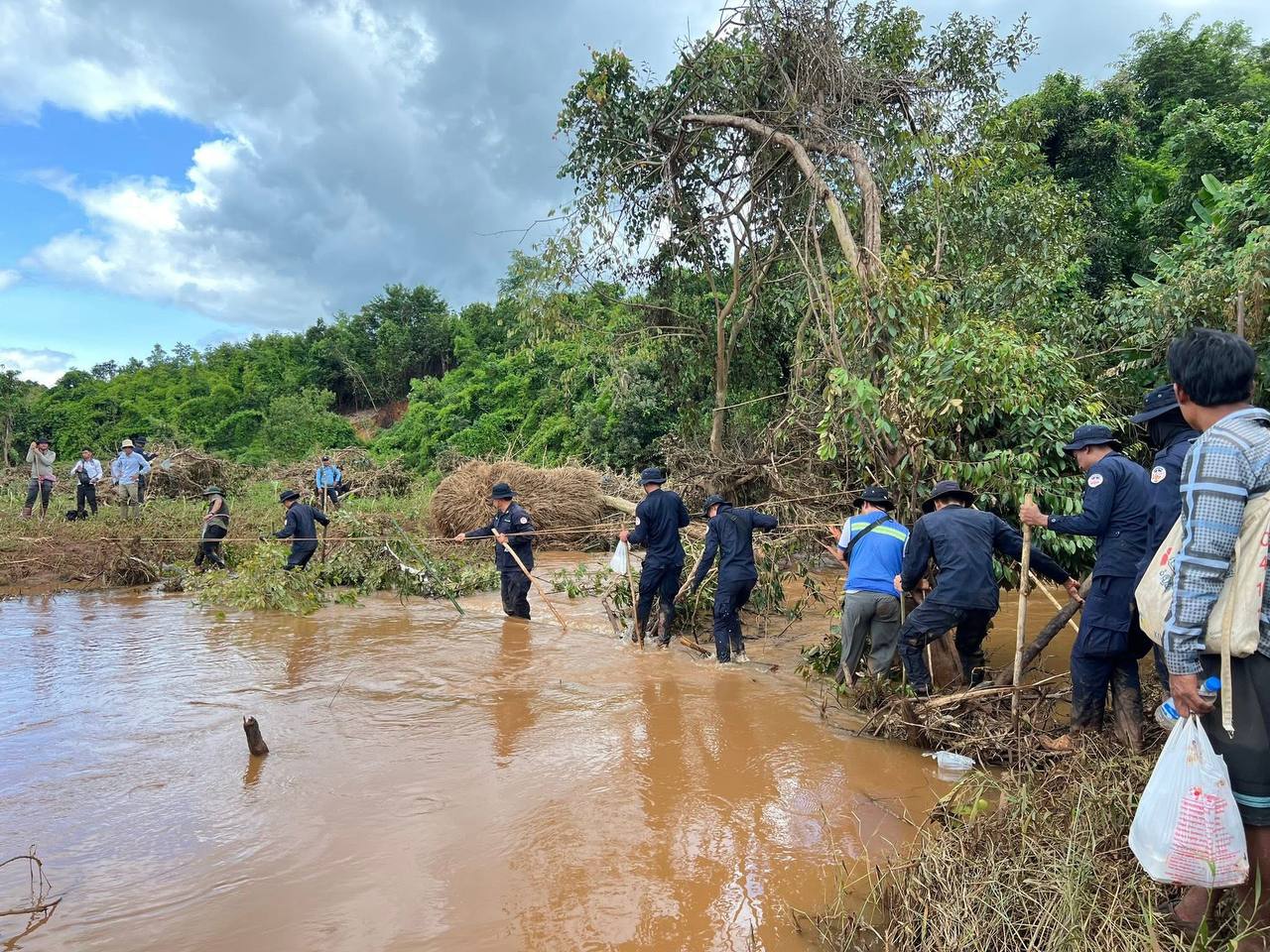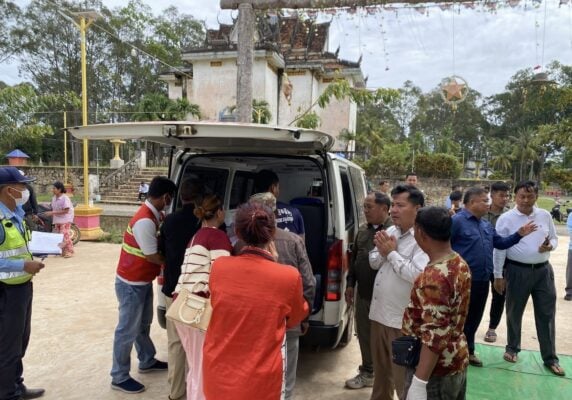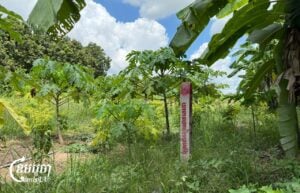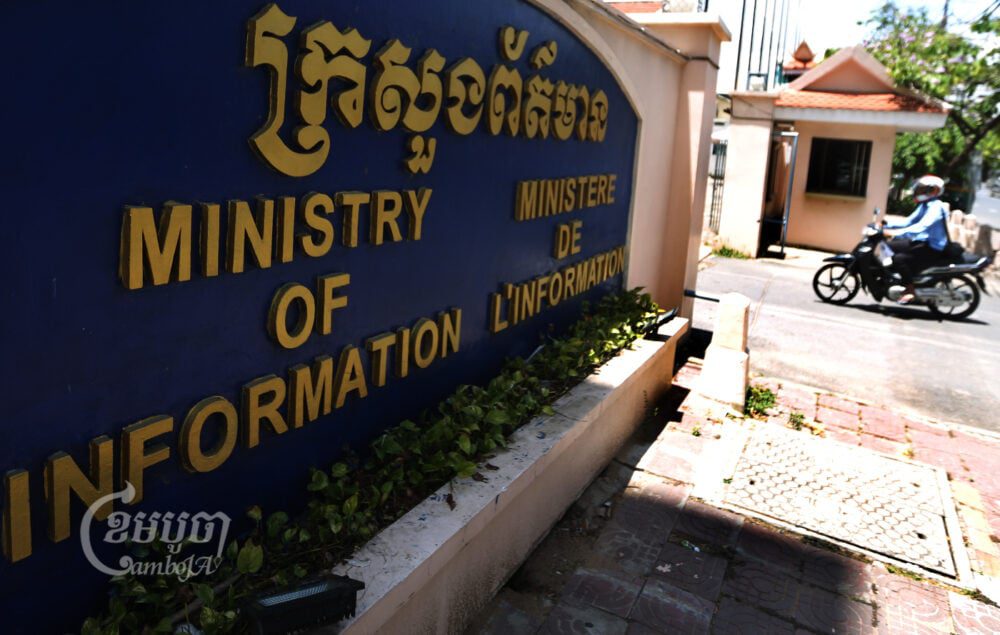Typhoon Bualoi’s remnants battered Cambodia last week, triggering flash floods and landslides in coastal and highland areas that killed one person, with disaster teams still scrambling to find four missing in Ratanakiri province.
With more monsoons on the horizon, authorities are assessing infrastructural and agricultural damage across coastal and riverine zones, describing the flooding as more severe than in previous years.
The storm had earlier pounded the Philippines and Vietnam, leaving dozens dead. Thailand reported flash floods in 17 provinces on Monday, affecting hundreds of thousands and killing seven
By Tuesday, hydrological stations on Cambodia’s share of the Mekong and its tributaries, Tonle Sap and Tonle Bassac, recorded water levels above seasonal norms. The Water Resources Ministry urged rivervine communities and local authorities to stay on high alert.
Authorities warned residents in lowland and coastal areas, including Koh Kong province, to brace for heavy rains and strong winds into the weekend as new monsoon systems form over the Andaman Sea.
Flooding last week swamped districts in 11 provinces, including Ratanakiri, Preah Vihear, Mondulkiri and Pursat, damaging nearly 25,000 homes and destroying more than 630 hectares of crops, the National Committee for Disaster Management said.
Ma Vichet, deputy governor of Ratanakiri and head of the Provincial Disaster Management Committee, said that the hardest-hit districts with standing water are O’Chum, Andoung Meas, Ou Ya Dav, Vein Sai and Taveng along the Sesan River.
He said 500 households had been evacuated in these districts, while those in southern districts, including Lumphat and Kon Moum near the Srepok River, had not been evacuated as backwaters had already subsided.
The body of a man was found Monday in O’Chum district, while search teams continue looking for four residents believed swept away by surging floodwaters in Samakki commune on Sept. 25, Vichet said. He called the storm one of the worst he has seen in the province and added that damages from landslides have yet to be assessed.
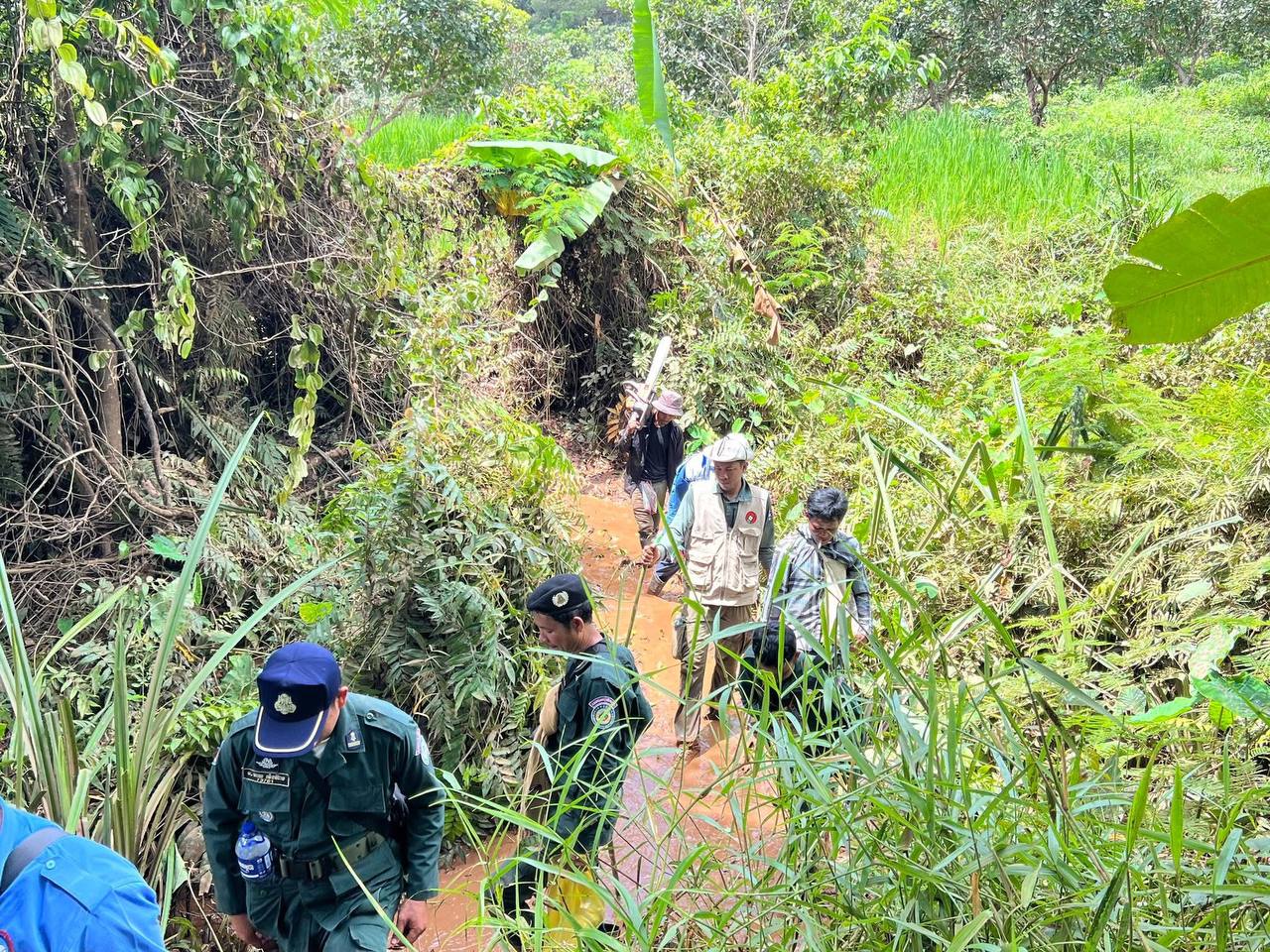
Prime Minister Hun Manet also called on the National Committee for Disaster Management, the Ministry of Agriculture, and other relevant authorities to continue monitoring the floods and respond promptly to any further rescue efforts.
“This year’s flooding is more severe than in previous years,” said Mondulkiri provincial spokesperson Neang Vannak, referring to the expected Mekong River flood pulse during the wet season. He urged residents to take precautions and monitor weather reports.
The Cambodia Red Cross said it deployed teams to Keo Seima and Koh Nhek districts in Mondulkiri on Sept. 27, handing out supplies to 950 flood-affected families, including rice, instant noodles, other food and cooking materials, as well as mosquito nets, blankets, mats and scarves.
A video posted to social media by residents of Phum Bei village in Ratanakiri showed scenes similar to other provinces, where roads, schools, pagodas, bridges and stilt homes remained inundated by backwater on Monday. Villagers were seen packing essential items, with some transporting belongings through the water on motorbikes and tractors.
Pursat province also faced heavy downpours this week, causing landslides, road damage and traffic closures on National Road 55 in the Antong Ang area.
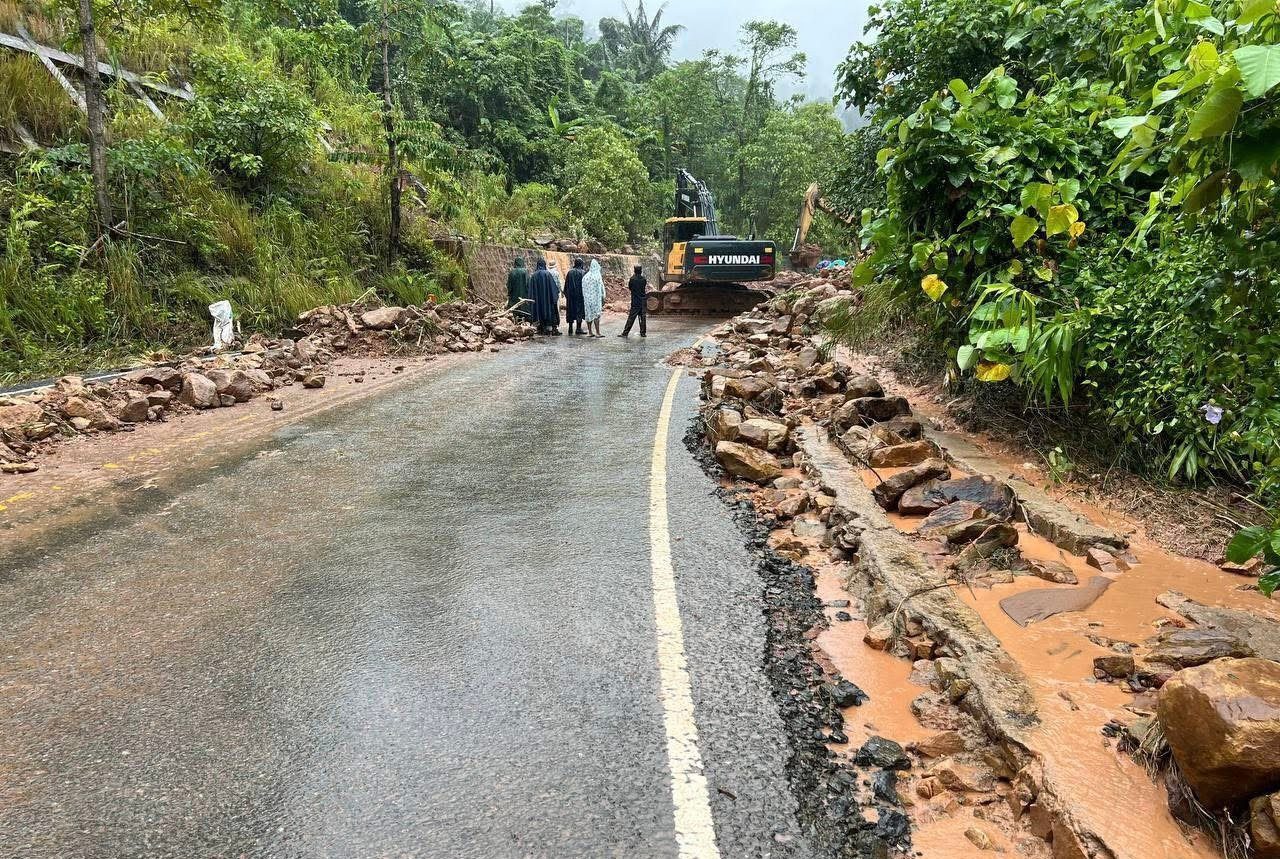
Hean Vann Horn, secretary of state at the Ministry of Agriculture, Forestry and Fisheries for Ratanikiri, said he led a team of experts earlier this week to assess agricultural damage in Ratanakiri.
“Crops in Koun Mom and Lumphat districts are highly affected by the floods. Relevant authorities are studying and evaluating the impact of flooding on farmland along the Tonle Srepok River,” he said.
Ratanakiri crops were the hardest hit by the storms, with more than 750 hectares of rice fields flooded, along with mixed crops such as cassava and soybeans, the Ministry of Agriculture, Forestry and Fisheries said.Floods are a major contributor to agricultural losses in Cambodia. In 2024, over 40,000 hectares of rice paddies were affected, up from more than 22,000 hectares in 2023.

